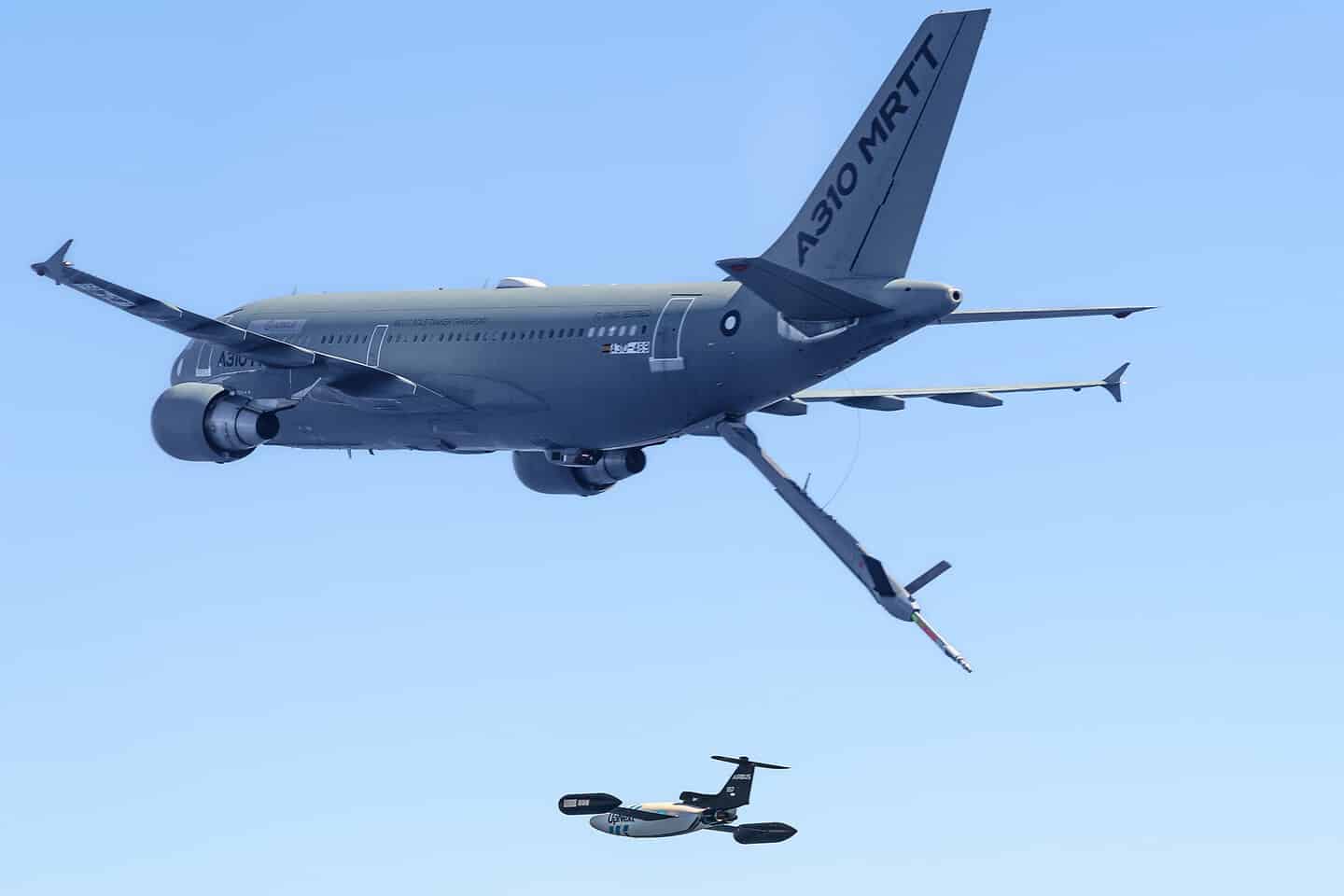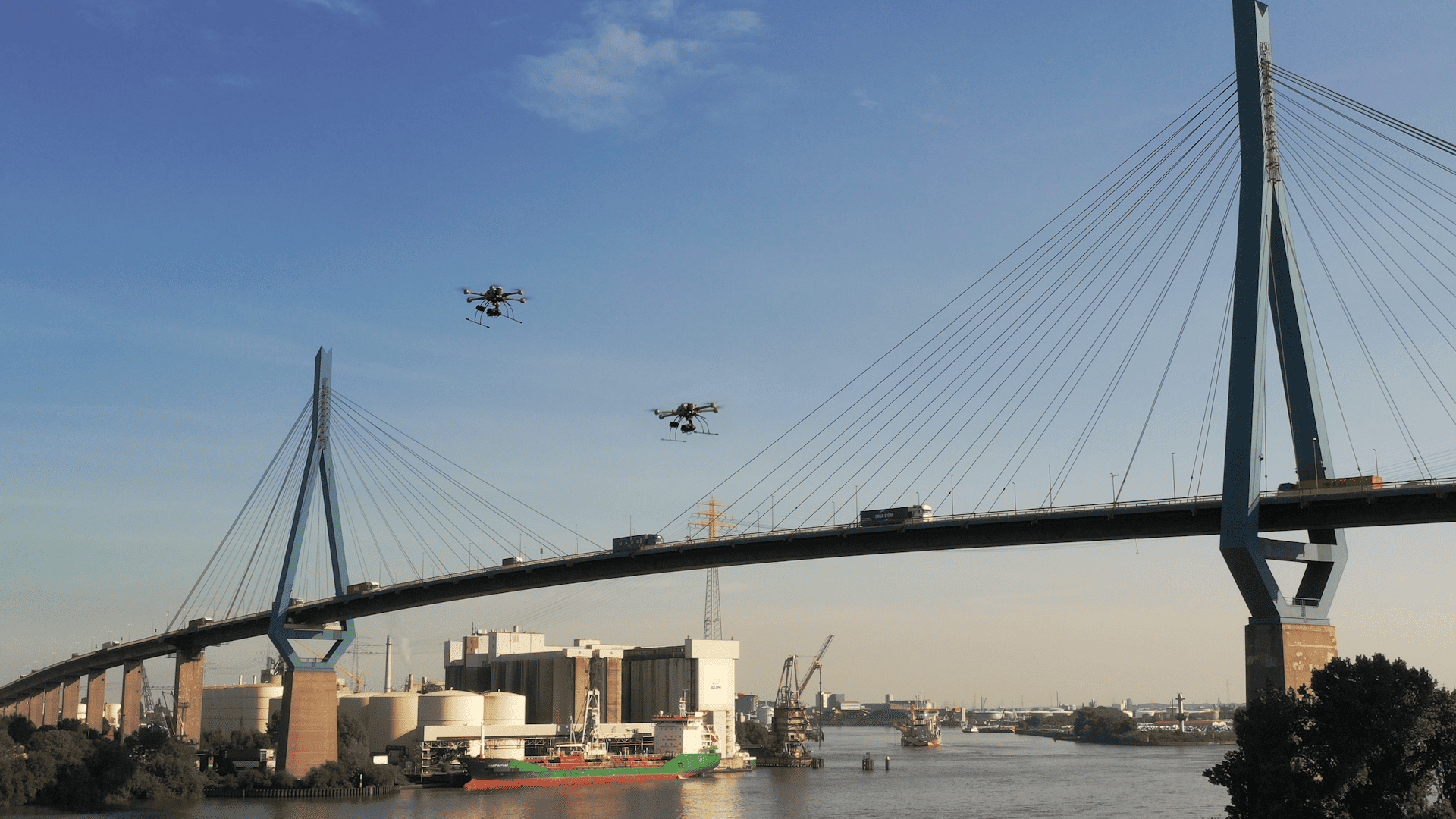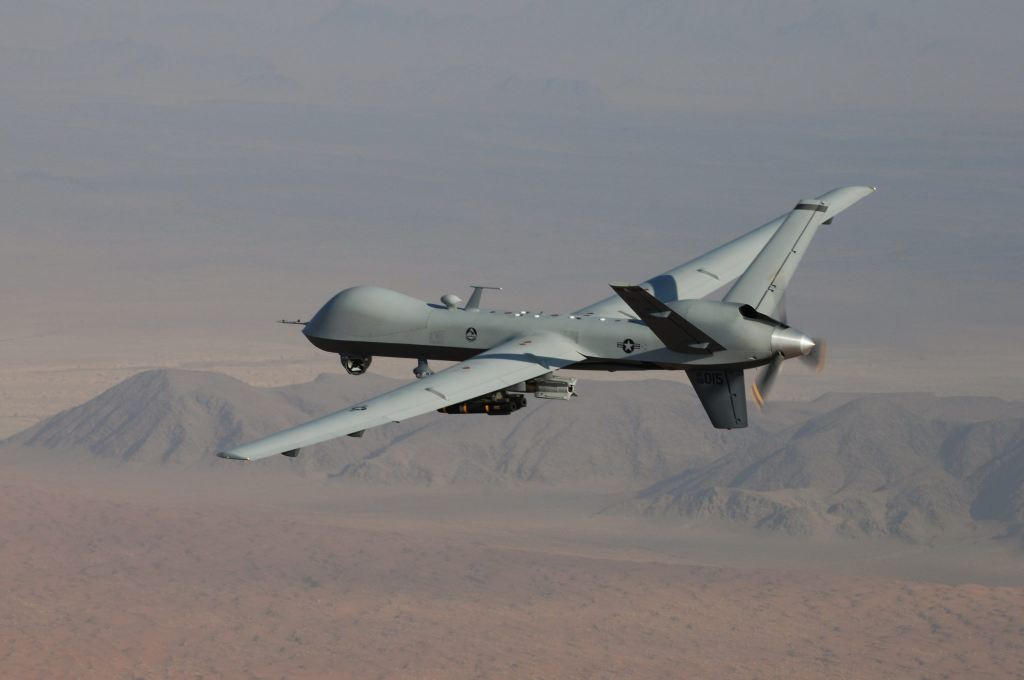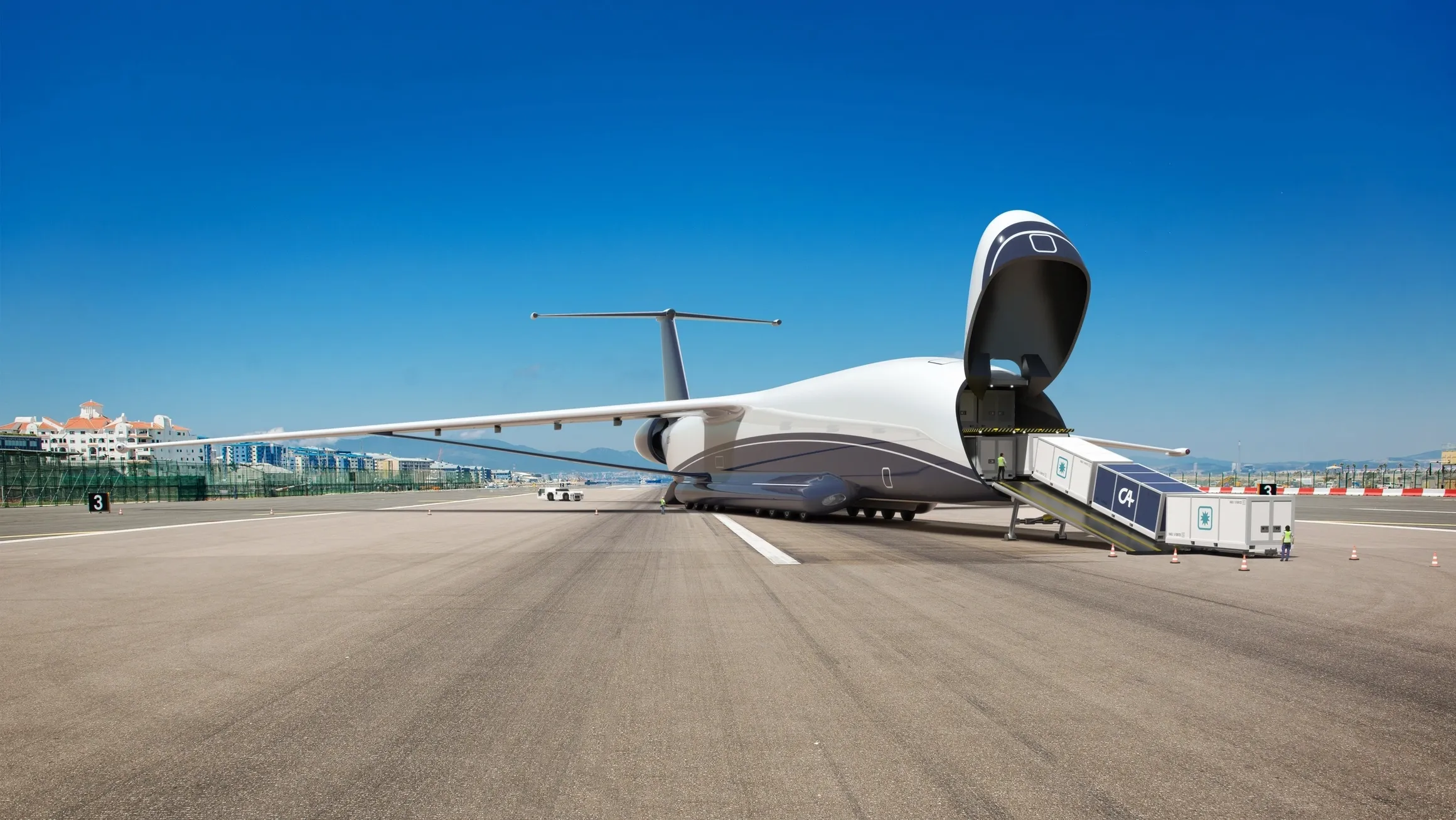
Airbus Defence and Space, along with their subsidiary Airbus UpNext, have successfully tested in-flight autonomous guidance and control of several DT-25 target dronesfrom an A310 MRTT, paving the way for Autonomous Formation Flight and Autonomous Air-to-Air Refuelling (A4R) technologies. These cutting-edge, ‘Made in Europe’ solutions could reduce crew fatigue and the potential for human error, as well as minimising crew-training costs and providing more effective operations.
Implications for the aviation industry
The successful autonomous drone control test has far-reaching implications for the broader aviation industry, particularly concerning safety and efficiency improvements. Autonomous Formation Flight and Autonomous Air-to-Air Refuelling (A4R) technologies aim to revolutionise the role of air refuelling operators (AROs), enabling them to monitor operations while reducing crew fatigue and the potential for human error. This test also signifies a step towards unmanned combat systems operation, which could drastically change the dynamics of future air force missions.
With Airbus UpNext focusing on automating receiver aircraft tasks, this development may lead to new technologies for various aviation contexts. The successful test flight over the waters of the Gulf of Cadiz in Spain on 21 March 2023 demonstrated the capabilities of artificial intelligence and cooperative control algorithms in guiding receiver drones to a minimum distance of 45 metres from the A310 MRTT without human interaction.
Addressing regulatory challenges
As this technology is primarily designed for military applications, the regulatory framework differs significantly from civilian aviation contexts. Airbus Defence and Space and Airbus UpNext will need to work closely with military and government entities to ensure that the technology meets the necessary safety and operational requirements. This collaboration will help address potential concerns and regulatory challenges associated with implementing autonomous technologies in various aviation contexts.
It is worth noting that Airbus has already achieved some milestones in automated in-flight aircraft refuelling. In April 2020, Airbus completed the world’s first automated in-flight aircraft refuelling with an A330 MRTT tanker test aircraft, using the Airbus Automatic Air-to-Air Refuelling (A3R) system. The A330 MRTT was certified for automatic aerial refuelling in daylight by the Spanish National Institute for Aerospace Technology (INTA) in 2022. These achievements indicate that Airbus is well-prepared to tackle regulatory challenges and achieve widespread implementation of autonomous technologies in the aviation industry.
Future plans and developments
The success of the first flight-test campaign, as stated by Jean Brice Dumont, Head of Military Air Systems at Airbus Defence and Space, paves the way for developing autonomous and unmanned air-to-air refuelling technologies. The European team from Spain, Germany, and France that developed the technologies plans to reuse them in projects like the Future Combat Air System (FCAS).
A second campaign is expected by the end of 2023, which will explore artificial intelligence-based navigation sensors and enhanced algorithms for autonomous formation flight. Simulated drones will be used to demonstrate multi-receiver autonomous operations and collision-avoidance algorithms, further contributing to the development of autonomous and unmanned aviation technologies.








